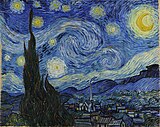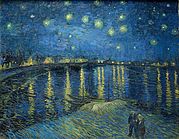
Bob Ross
Robert Bob Ross was born on the 29th of October 1942 in Dayton Beach, Florida; and died at the age of 52 on the 4th of July 1995 in New Smyrna Beach, Florida. Bob Ross was an American painter, art instructor and he also had his own TV show, that ran for more than a decade called '
The Joy of Painting'.
Bob Ross was raised in Orlando, Florida. Ross, at the age of 18 was enlisted in the United States Air Force. The Air Force then transferred him to Alaska. There it was the first time that he ever saw the snow and mountains. Later that became one of the most common theme in his paintings. After he left the Air Force, he decided to study at art collages, but then he studied with Bill Alexander, before he became famous worldwide with his TV program.
Ross utilized a wet-on-wet oil painting technique. He had leader that technique form Bill Alexander. In this technique the painter continue to add paint on top of wet paint. Ross is most famous for his landscapes, which more or less were influenced from his time in Alaska. When Ross uses the wet-on-wet technique for his paintings, he finishes his paintings in less then an hour.

Ross's amazing techniques works because of tools he uses. In addition to the special base coat that he applies on a blank canvas called Magic White. He had developed brushes and paints that are quite different from traditional theme,the quick and easy results cannot be achieved.
Bob Ross suffered from lymphoma, which was a cancer in the blood. His show was later cancelled with the last episode airing on the 17th of May 1994, due to his health. He later died in his house at the age of 52 on July 4th 1995. His paintings then were donated to the PBS in the United States.
 Bibliography:
Bibliography:







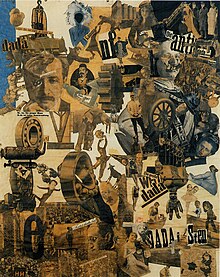
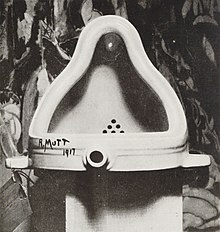




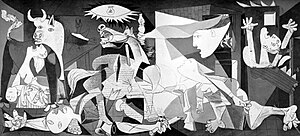











 This is a close up of one of his paintings. This painting was inspired from a rainbow, hens its name 'Rainbow'. This painting has all the colours that can be found on a rainbow in a clear sky.
This is a close up of one of his paintings. This painting was inspired from a rainbow, hens its name 'Rainbow'. This painting has all the colours that can be found on a rainbow in a clear sky. This painting is called 'Church of St.Gregory Zejtun'. The painter likes to paint in the style of cubism and has a lot of block colours. The lines are straight and the detail does not show that much.
This painting is called 'Church of St.Gregory Zejtun'. The painter likes to paint in the style of cubism and has a lot of block colours. The lines are straight and the detail does not show that much. This painting is called 'Filla'. Like the previous paintings it has a cubism style to it. the lines are straight and has a simple design.
This painting is called 'Filla'. Like the previous paintings it has a cubism style to it. the lines are straight and has a simple design. This painting is called 'Silence'. In this painting he was influenced by the way that Van Gogh painted. In the close up to the painting you can see the brush stroke and multiple colours that are used to create the see.
This painting is called 'Silence'. In this painting he was influenced by the way that Van Gogh painted. In the close up to the painting you can see the brush stroke and multiple colours that are used to create the see. This painting is called 'Roofs in Astermdem'. This also has a cubism style and it also has solid colours and straight lines.
This painting is called 'Roofs in Astermdem'. This also has a cubism style and it also has solid colours and straight lines.



 This is painting
was drawn by Giuseppe Calli. This painting is called ‘The Death of Dragut’. This is oil on canvas. This painting depicts
the well known episode during the Great Siege of Malta in 1565, when the Muslim
Commander Dragut was severely injured. This painting was created in 1867.
This is painting
was drawn by Giuseppe Calli. This painting is called ‘The Death of Dragut’. This is oil on canvas. This painting depicts
the well known episode during the Great Siege of Malta in 1565, when the Muslim
Commander Dragut was severely injured. This painting was created in 1867.
 This painting was
made by Favray, Antoine de. It is called ‘Portrait
of Giovanni Battista Grognet’. Giovanni Battista Grognet is depicted as an
elegant gentlemen wearing opulent attire.The red cloak he wears compliments the
dark colour in the background, and he wears a colourfully embroidered waistcoat underneath his overcoat. With his left hand he points downwards towards some
papers on the table probably suggesting his profession and intellect. This
painting was made in 1771-1798.
This painting was
made by Favray, Antoine de. It is called ‘Portrait
of Giovanni Battista Grognet’. Giovanni Battista Grognet is depicted as an
elegant gentlemen wearing opulent attire.The red cloak he wears compliments the
dark colour in the background, and he wears a colourfully embroidered waistcoat underneath his overcoat. With his left hand he points downwards towards some
papers on the table probably suggesting his profession and intellect. This
painting was made in 1771-1798.
 T
T